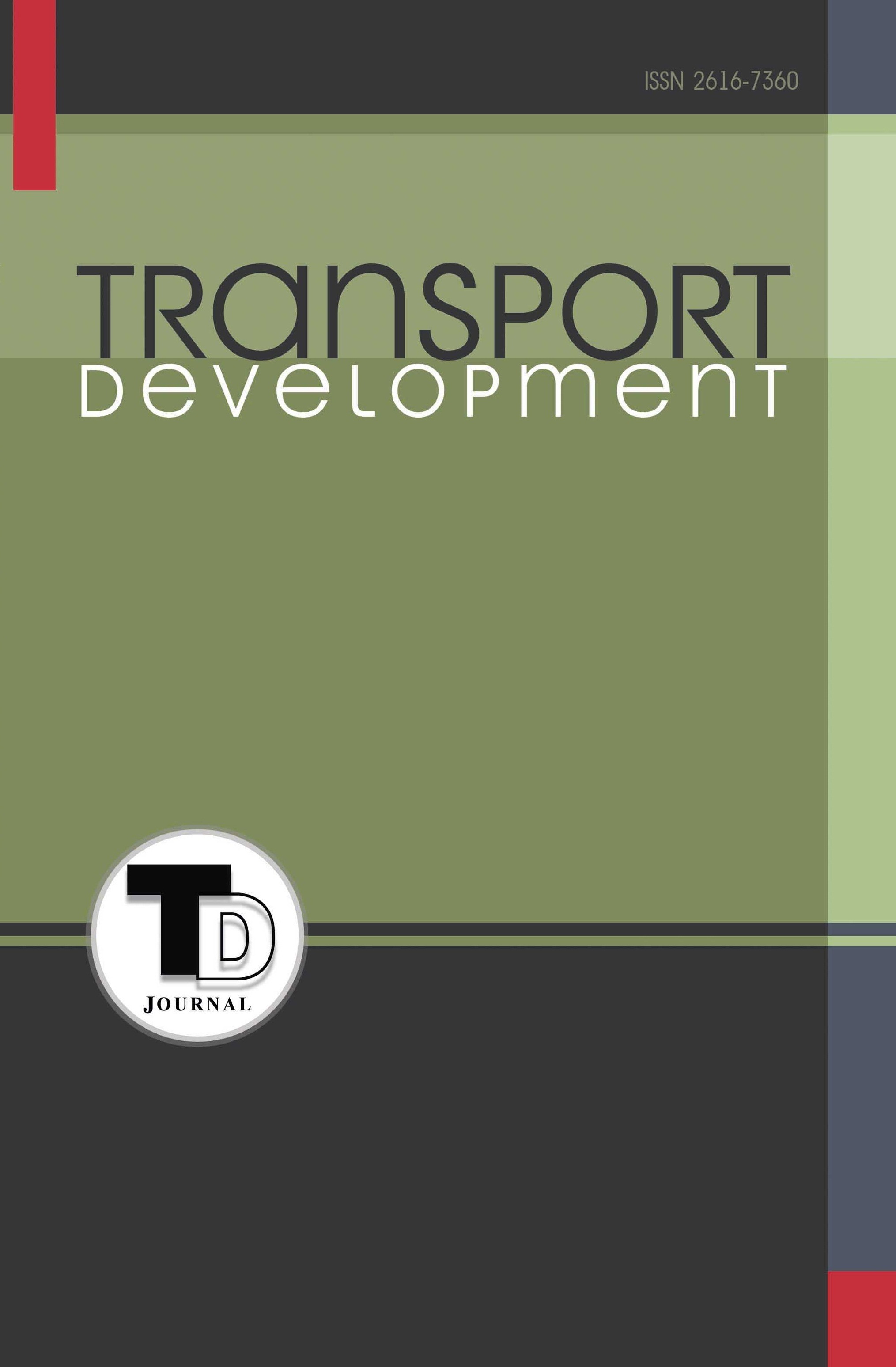EMERGING TECHNOLOGIES AND APPLICATIONS OF WIRELESS POWER TRANSFER
Abstract
Wireless power transfer (WPT) has made significant progress in becoming a feasible option for several applications since its first development. The primary objective of this article has been on magnetic resonant coupling (MRC), which is a kind of wireless power transmission (WPT). MRC is particularly noteworthy because of its high transfer efficiency, ranging from 40 to 80%, and its ability to charge many devices from 1 to 50 cm. Magnetic Resonant Coupling (MRC) is an acronym that refers to a phenomenon in which magnetic fields are used to establish a coupling between two or more entities. The usefulness of wireless chargers is the topic of discussion in this article. Although wireless chargers are seen to have slower charging rates than cable chargers, it has been observed that wireless chargers play a part in the preservation of batteries by keeping the charge level within the range of 50 to 80% during the charging process. Notably, Qi 1.2 is a standardized specification that facilitates expedited charging at a maximum power output of 15 watts, specifically operating at 9 volts and 1.67 amps. In the realm of long-range wireless power transfer (WPT), using electromagnetic beams to transmit electricity over considerable distances, spanning hundreds of meters or even kilometers, presents a discernible prospect. The problem of misalignment in wireless power transfer (WPT) and a proposed solution, including using Force Sensitive Resistors (FSRs), are examined. This paper presents empirical evidence showcasing the enhanced efficiency of implementing these solutions. Consequently, it establishes a foundation for wireless power transfer (WPT) in electric vehicles (EVs), drones, and green cells. The use of this instrument greatly facilitates the development of Wireless Power Transfer (WPT) technology and its subsequent advancement.
Downloads
References
2. Lan, J., et al., Planar Omnidirectional Wireless Power Transfer System Based on Novel Metasurface. IEEE Transactions on Electromagnetic Compatibility, 2022. 64 (2): p. 551–558.
3. Jawad, A.M., et al., Single-Tube and Multi-Turn Coil Near-Field Wireless Power Transfer for Low-Power Home Appliances. Energies, 2018. 11 (8): p. 1969.
4. Jawad, A.M., et al., Wireless Power Transfer with Magnetic Resonator Coupling and Sleep/Active Strategy for a Drone Charging Station in Smart Agriculture. IEEE Access, 2019. 7: p. 139839–139851.
5. Abu-Mahfouz, A. and Hancke G.P., Distance Bounding: A Practical Security Solution for Real-Time Location Systems. IEEE Transactions on Industrial Informatics, 2013. 9 (1): p. 16–27.
6. Jawad, A.M., et al., Opportunities and Challenges for Near-Field Wireless Power Transfer: A Review. Energies, 2017. 10 (7): p. 1022.
7. Basir, A., Shah, I.A., and Yoo H., Sphere-Shaped Receiver Coil for Misalignment-Resilient Wireless Power Transfer Systems for Implantable Devices. IEEE Transactions on Antennas and Propagation, 2022. 70 (9): p. 8368–8378.
8. Jawad, A.M., et al., Wireless Drone Charging Station Using Class-E Power Amplifier in Vertical Alignment and Lateral Misalignment Conditions. Energies, 2022. 15 (4): p. 1298.
9. Alam, B., et al. A Review on Power Pad, Topologies and Standards of Wireless Charging of Electric Vehicles. in 2022 International Conference on Decision Aid Sciences and Applications (DASA). 2022.
10. Van Mulders, J., et al., Wireless Power Transfer: Systems, Circuits, Standards, and Use Cases. Sensors (Basel), 2022. 22 (15).
11. Hutchinson, L., Waterson, B., Anvari, B., & Naberezhnykh, D., Potential of wireless power transfer for dynamic charging of electric vehicles. IET Intelligent Transport Systems, 2019. 13 (1): p. 3–12.
12. Ye, Z., Yang M., and Chen P.Y., Multi-Band Parity-Time-Symmetric Wireless Power Transfer Systems for ISM-Band Bio-Implantable Applications. IEEE Journal of Electromagnetics, RF and Microwaves in Medicine and Biology, 2022. 6 (2): p. 196–203.
13. Liu, W., et al., Smart wireless power transfer – opportunities and challenges. Renewable and Sustainable Energy Reviews, 2023. 180: p. 113298.
14. Zhang, Z., et al., Wireless Power Transfer – An Overview. IEEE Transactions on Industrial Electronics, 2019. 66 (2): p. 1044–1058.
15. Ekren, O., Hakan Canbaz C., and Güvel Ç.B., Sizing of a solar-wind hybrid electric vehicle charging station by using HOMER software. Journal of Cleaner Production, 2021. 279: p. 123615.
16. Wang, J., et al., Analytical study and corresponding experiments for a new resonant magnetic charger with circular spiral coils. Journal of Applied Physics, 2012. 111 (7).
17. Pratik, U., et al., Optimum Design of Decoupled Concentric Coils for Operation in Double-Receiver Wireless Power Transfer Systems. IEEE Journal of Emerging and Selected Topics in Power Electronics, 2019. 7 (3): p. 1982–1998.
18. Dharani, D. and Ramya, M.S.Wireless Power Transmission: An Innovative Idea. International journal of engineering research and technology, 2019. 7.
19. Huang, W., et al., Long-distance adiabatic wireless energy transfer via multiple coils coupling. Results in Physics, 2020. 19: p. 103478.
20. Xu, C., et al., Dynamic Wireless Power Transfer System With an Extensible Charging Area Suitable for Moving Objects. IEEE Transactions on Microwave Theory and Techniques, 2021. 69 (3): p. 1896–1905.
21. Ibrahim Alhamrouni, M.I., Mohamed Salem, Lilik J. Awalin, Awang Jusoh, Tole Sutikno, Application of inductive coupling for wireless power transfer. International Journal of Power Electronics and Drive Systems (IJPEDS), 2020. 11 (3).
22. Bevacqua, M.T., Bellizzi, G.G., and Merenda, M. An Efficient Far-Field Wireless Power Transfer via Field Intensity Shaping Techniques. Electronics, 2021. 10 (14): p. 1609.
23. Hou, X., et al., A Dual-Frequency Dual-Load Multirelay Magnetic Coupling Wireless Power Transfer System Using Shared Power Channel. IEEE Transactions on Power Electronics, 2022. 37 (12): p. 15717–15727.
24. Tarakeswar Shaw, A.R., Debasis Mitra, Efficiency Enhancement of Wireless Power Transfer System Using MNZ Metamaterials. Progress In Electromagnetics Research C, 2016. 68: p. 11–19.
25. Hajimiri, A., et al., Dynamic Focusing of Large Arrays for Wireless Power Transfer and Beyond. IEEE Journal of Solid-State Circuits, 2021. 56 (7): p. 2077–2101.
26. Kashyap, S., Björnson, E., and Larsson, E.G. Can wireless power transfer benefit from large transmitter arrays? in 2015 IEEE Wireless Power Transfer Conference (WPTC). 2015.
27. Madzharov, N., and Iliev, D. Wireless Power Transfer System with Four Degrees of Freedom. in 2022 57th International Scientific Conference on Information, Communication and Energy Systems and Technologies (ICEST). 2022.
28. Gao, Y., et al., Beamforming Optimization for Active Intelligent Reflecting Surface-Aided SWIPT. IEEE Transactions on Wireless Communications, 2023. 22 (1): p. 362–378.





